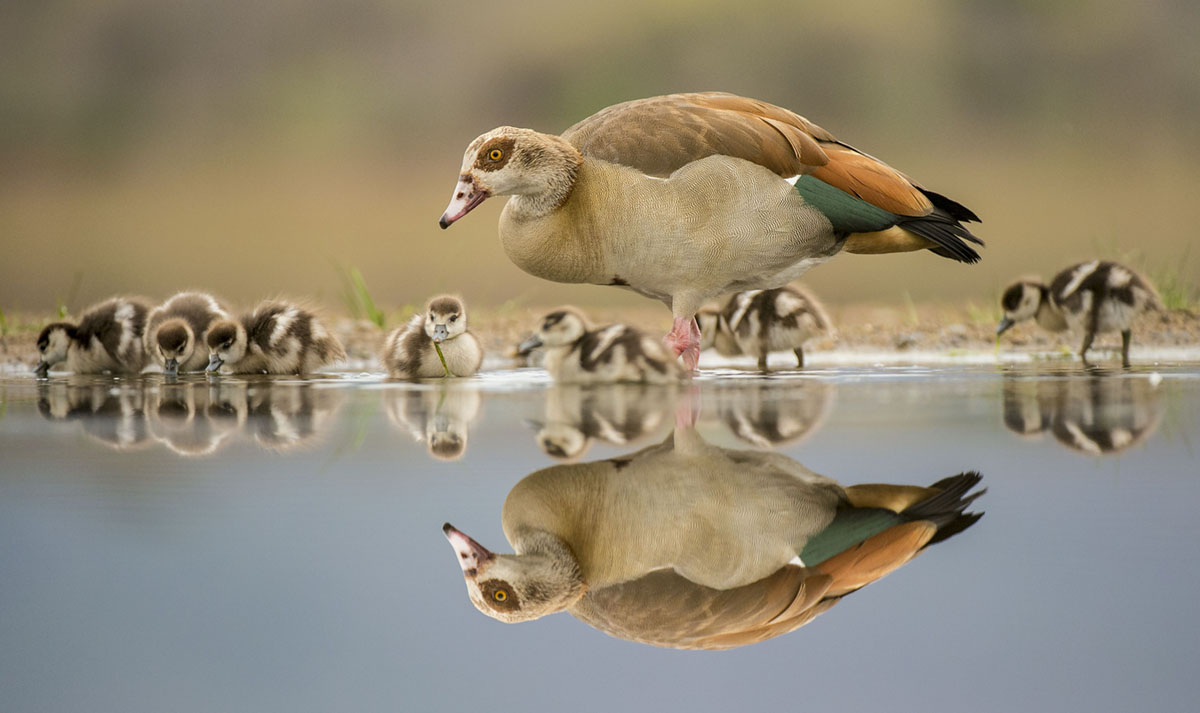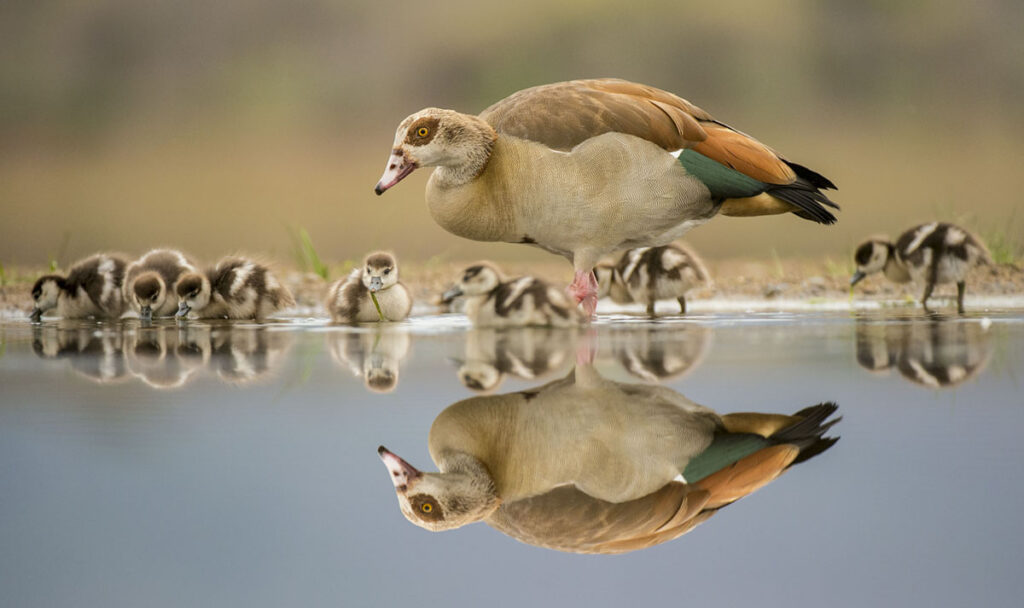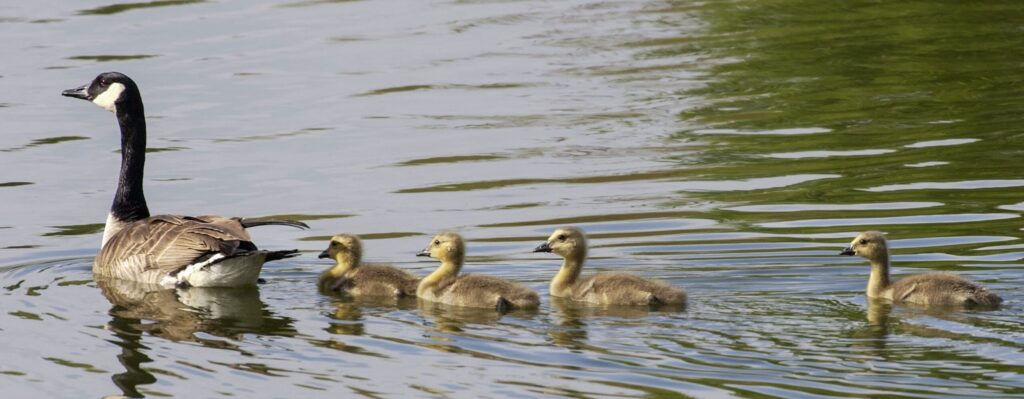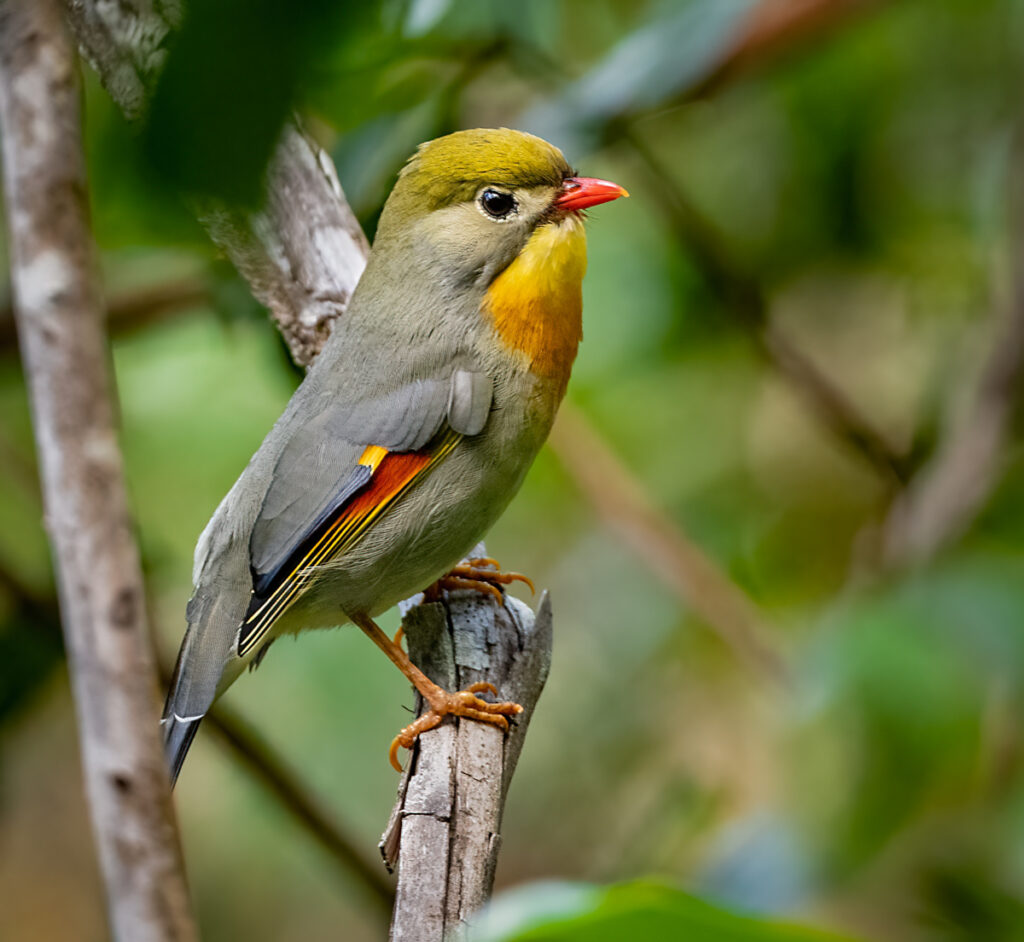
Native species become established through a complex interplay of so many mechanisms like evolutionary adaptations, ecological interactions, historical events, and the suitability of climate and habitat. These processes have shaped the biodiversity we see around the world, but how do non-natives establish themselves, and what happens when they do? Is anyone taking any notice? Today’s blog looks at a new citizen-science survey launched in Europe to do just that.

A native species is commonly defined as one that occurs naturally in a specific ecosystem without human intervention. These species have evolved and adapted to environmental conditions and ecological interactions over long periods, often thousands to millions of years, through events like continental drift, glaciation, and volcanic activity. Natural selection and adaptive radiation are influenced by things like competition, predation, and mutualism; temperature, soil type, food availability; even the wind and water currents dictate which species have remained for long enough to be accepted as ‘native’. Examples are the genus Quercus, the oak trees, native to the temperate forests of the western hemisphere, the kangaroo in Australia, or the monarch butterfly and hummingbirds in North America.

Non-native species have been establishing themselves in new regions for thousands of years, and all too-often coinciding with human migration and trade, increasing dramatically in recent centuries due to global exploration, colonization, and modern transportation. As early as 10,000 years ago, humans began domesticating plants and animals, eventually transporting them across the globe. The spread of crops like wheat and barley from the Near East to Europe, for instance, meant the introduction of so many new weeds and pests that had never set root or foot on those lands before.
Today, globalization continues to facilitate this spread, with our increased international trade and travel, and now climate change is considered to be one of the most influential factors contributing to the movement and establishment of species outside their native ranges. Scientists have been recording the shifting migration patterns of many bird species lately, and a noticeable shift in territory has been taking place for some time now.

In 2021, in order to try and keep track of some of these subtle yet ever more apparent changes, one group of researchers in Portugal established The Introduced Bird Interaction Survey (IBISurvey), a citizen science project from the University of Évora whose main objective is to assess the environmental, societal and economic impacts of introduced birds in European countries, and everyone is encouraged to get involved.
This June, the data is finally in, and it sheds some fascinating light on the avian immigrants thriving in Europe. Let’s take a closer look at the top of the leader boards:
1. The Egyptian Goose (Alopochen aegyptiacus): This striking goose with its chestnut body, white patch on the wings, and green bill, originally hails from Africa. Introduced in various European countries during the 17th and 18th centuries for ornamental purposes, it’s now a familiar sight in parks and ponds. Their adaptability is remarkable, with established breeding populations across much of Europe.
2. The Canada Goose (Branta canadensis): This large, honking goose needs no introduction. A native of North America, it was introduced to various European countries for hunting and ornamental purposes, and, similar to the Egyptian Goose, Canada Geese have adapted exceptionally well, with populations numbering in the hundreds of thousands. Their success story, however, has a flip side. Their aggressive behavior and tendency to overgraze can disrupt native ecosystems.
3. The Mandarin Duck (Aix sponsa): This undeniably beautiful duck, with its vibrant plumage featuring iridescent feathers, is native to East Asia. Again, introduced for ornamental purposes in the 18th century, it’s now established in breeding populations across much of Europe and with isolated populations in North America as a result of some escaping from captivity. It is in fact closely related to the North American wood duck, an equally stunning bird.
4. The Red-Billed Leiothrix (Leiothrix lutea): This little songbird, with its bright yellow body, red bill, and black throat, hails from Southeast Asia. Escaped cage birds are believed to be the source of established European populations, particularly in the UK and parts of Western Europe. Their vibrant colors make them a captivating sight, but their impact on native songbird populations is a topic of ongoing research.

This data is just the tip of the iceberg, and the results will provide scientists with a springboard for further research, allowing them to delve deeper. Keeping track of non-native birds is crucial, as whether introduced accidentally or intentionally, their presence evokes complex relationships in their new environments. Some may struggle to adapt, while others, like the top scorers in this survey, become remarkably successful, and understanding their adaptation strategies, ecological impact, and potential competition with native species is crucial for informed conservation efforts.
What are your thoughts on non-native birds? Have you encountered any interesting ones in your travels? Let us know on our Facebook Post.


